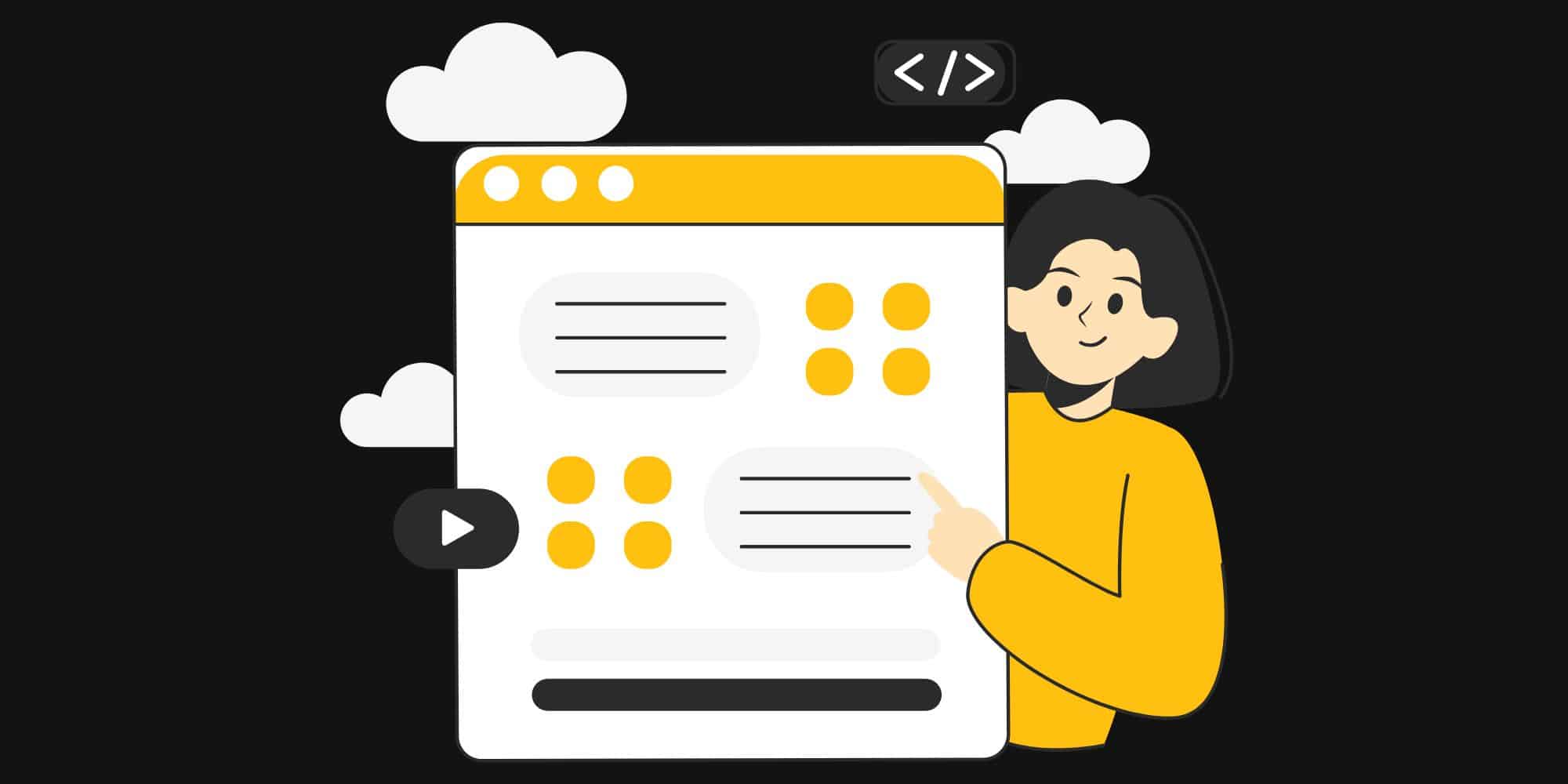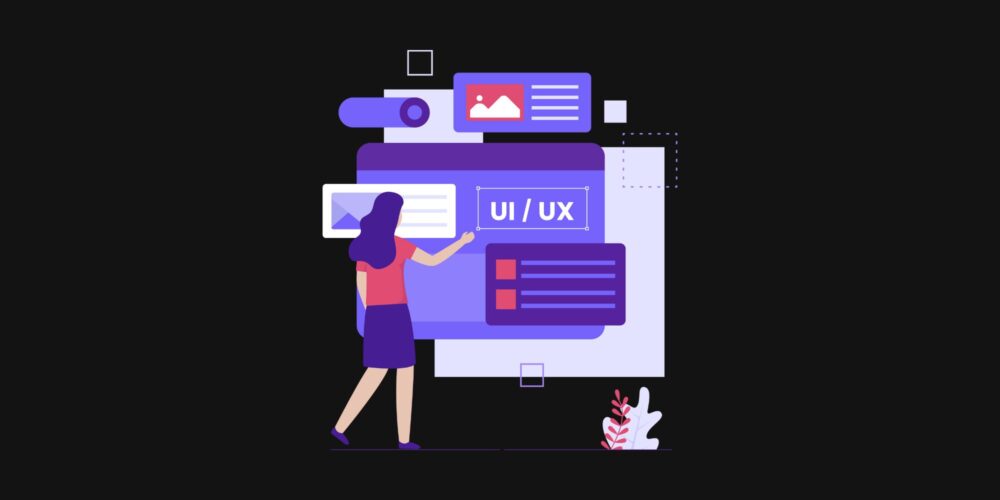Understanding the roles within digital product development can be confusing, especially when it comes to UI/UX designers and developers. The key difference is that UI/UX designers focus on the look and feel of the interfaces, while UI/UX developers ensure these designs are functional and interact seamlessly with users. This means designers are more concerned with aesthetics and user experience, whereas developers are involved in the coding and technical implementation.
UI design deals with the specific elements you see on the screen – layouts, colors, buttons, and typography. In contrast, UX design is about creating a satisfying interaction and flow for users, which can include anything from smooth navigation to engaging content. Both roles are essential to the creation of a cohesive product, ensuring that it is both visually appealing and user-friendly.
When transitioning from the visual aspect to functional implementation, the UI/UX developer plays a critical role. Their task is to bring the designer’s vision to life by using code to create interactive and accessible user interfaces. This collaboration ensures that the end product is not only attractive but also highly functional, providing a seamless and effective user experience.
Understanding UI and UX
When distinguishing UI from UX, it’s crucial to grasp the distinct roles and elements involved in designing and developing digital products. These subsections will cover the fundamentals and essentials that set them apart.
Fundamentals of UI Design
User Interface (UI) design focuses on the look and interactivity of a digital product. UI designers are responsible for crafting the visual elements such as screens, buttons, icons, and toggles. They work to make these elements visually appealing and easy to use.
One of the main goals in UI design is to ensure consistent design language across the interface. This includes the selection of color palettes, fonts, and layout structure. By utilizing tools for prototyping and wireframing, designers create outlines that guide the development phase. This stage involves refining visual elements in a user-centered manner, making interactions intuitive.
As a UI designer, it’s important to pay attention to interaction design, which determines how users navigate between different parts of the application. This involves ensuring that transitions are smooth and that users can achieve their goals without confusion.
Essentials of UX Design
User Experience (UX) design centers on the overall experience a user has while interacting with a product. Unlike UI, which focuses on the visuals, UX is more concerned with the user journey and emotional resonance. UX designers aim to create a seamless user experience that is both meaningful and relevant.
Conducting user research is a key part of the UX design process. UX designers use surveys, interviews, and usability testing to gather insights into user needs and preferences. This data informs decisions throughout the design phase, ensuring each feature aligns with user expectations.
A crucial output of UX design is the creation of prototypes and wireframes that map out the user journey. This process often involves iterative testing and refinement to optimize the user-centered design efficiently. Ultimately, successful UX design results in products that users find intuitive and engaging.
Roles and Responsibilities
UI and UX professionals play distinct roles in the creation of digital products. UI designers focus on the graphical user interface and aesthetics, while UX designers prioritize the user experience, ensuring functionality and ease of use.
What UI Designers Do
A UI designer’s primary role involves crafting the visual elements of a product. This includes creating wireframes and prototypes to outline the visual structure and layout. There is a focus on visual design, ensuring the elements are both attractive and intuitive.
Tasks might involve the creation of a comprehensive design system to maintain consistency throughout a project. Interaction designers often collaborate closely with UI designers, as they contribute to the information architecture and overall product design, creating an appealing and functional interface.
UI designers must remain updated on the latest trends in design software and tools. Understanding user flow is crucial to ensuring that users can navigate smoothly through the interface, enhancing overall experience.
What UX Designers Do
UX designers focus on the broader user journey and experience. They conduct user research to gather insights into user needs and behaviors, which guide the creation of effective wireframes and prototypes.
They work on building a coherent information architecture, ensuring content and features are logically structured. Collaboration with UI designers is common, as you specify how the interface should function and feel.
A UX designer’s role may involve conducting usability testing, interacting with UX researchers, and refining the user flow to ensure the product meets user needs effectively. Ensuring seamless interaction is key, as user experience design dictates how intuitive and user-friendly the final product will be.
Skills and Tools
Understanding the distinct skill sets of UI and UX professionals is essential for effective digital design. UI designers focus on the visual elements, while UX designers enhance user satisfaction through research and testing.
UI Designer Expertise
UI designers specialize in crafting visually appealing and intuitive interfaces. Your skills should encompass graphic design, color theory, typography, and branding. Mastery of tools like Figma or Adobe XD is crucial for creating intricate designs and prototypes.
Familiarity with responsive design principles ensures that your designs adapt seamlessly across devices, from desktops to mobile apps. Additionally, your expertise in page layout and user interface (UI) design is fundamental in building attractive and functional digital experiences. Understanding of user needs is vital, as it influences the overall design process to meet brand objectives.
UX Designer Skills
A UX designer’s role involves optimizing how users interact with a product. Key UX skills include conducting user research and creating personas to understand and anticipate user needs. Proficiency in user testing and usability analysis is critical to refine and improve the user experience.
An UX designer’s ability to design user flows and wireframes supports the product development process, ensuring an engaging and intuitive journey. Familiarity with design tools like Axure or Sketch can elevate the design process. Emphasizing usability and user feedback ensures the product aligns with user expectations and enhances functionality.

The Development Perspective
From a development standpoint, UI UX developers focus on bridging the gap between visual design and technical functionality. This role involves using coding languages to bring UI/UX designs to life, ensuring smooth interaction and performance in web and application environments.
UI/UX Developer Role
UI/UX developers’ primary task is transforming creative designs into functional interfaces. They often collaborate with designers to understand the intended user experience. Proficiency in coding languages like HTML, CSS, and JavaScript is essential as these are the building blocks for web interfaces.
Unlike a full-stack developer, whose realm often includes backend logic, you concentrate on front-end development. An UI/UX developer’s expertise translates visual design into seamless functionality, guaranteeing that the final product aligns with usability and design standards.
Web design knowledge can enhance an UI/UX developer’s role, as it helps the developer make informed decisions about layout and interactivity. Many developers enroll in design courses to further hone their skills, allowing them to understand design intent better, contributing to a more cohesive and user-friendly product.
Business and User Impact
UI/UX design significantly affects both business goals and user satisfaction. From enhancing conversion rates to ensuring a seamless user journey, understanding the nuances between design and development can play a pivotal role in the success of digital products.
Creating Conversion-Driven Designs
Focusing on conversion-driven designs involves aligning aesthetic elements with usability and business objectives. When you craft designs that are visually appealing and user-friendly, you’re more likely to guide users through a strategic journey that leads to desired outcomes.
Utilizing user journey maps and customer analysis, you can anticipate user behavior to optimize interaction design. Prioritizing usability and accessibility ensures that all users can easily interact with your product, which directly influences conversion rates. Furthermore, understanding your target audience’s preferences allows you to create layouts and calls-to-action that align with their expectations, enhancing the chances of conversion.
Incorporating SEO best practices into your design process can also support your conversion goals. By structuring your web elements for improved search visibility, you increase the likelihood of attracting potential users.
Advocating for User Experience
Advocating for a positive user experience requires an empathetic approach to how users interact with your product. Designers focus on user-centered design principles throughout the product development lifecycle ensuring they meet both user and business needs.
Creating designs that minimize friction points will lead to a smoother user journey and a more engaging experience. Interaction design and the overall aesthetics of your product should support intuitive navigation, making the product easy and enjoyable to use.
The UX design process involves continual testing and iteration to keep user needs at the forefront. By frequently testing with real users, designers gather essential feedback that informs necessary adjustments, ultimately leading to a product that offers robust user experiences. This focus on the user will contribute positively to business outcomes and foster long-term user loyalty.
Atiba for UI and UX Design and Development
Choosing Atiba for your UI and UX design and development needs ensures you are partnering with a team of experienced professionals. With a deep focus on user-centric design, Atiba offers services that cover all aspects of creating intuitive and engaging digital experiences.
Why Choose Atiba?
- Expertise: Atiba’s team possesses a blend of creative design skills and technical development knowledge.
- Comprehensive Services: From initial user research to final implementation, Atiba provides end-to-end solutions.
- Collaboration: Atiba works closely with clients to understand their unique needs and goals.
Whether your project involves developing a new website or enhancing an existing one, Atiba’s designers focus on visual style while the developers ensure seamless functionality. This collaboration results in products that are not only visually appealing but also offer a smooth, user-friendly experience.
Contact Options
To get started with our UI and UX services, you can reach out by contacting us. Our approachable team is ready to discuss your project and provide a customized plan that meets your specific requirements. Explore our offerings for UI and UX design at UI and UX Web Design – Atiba.
